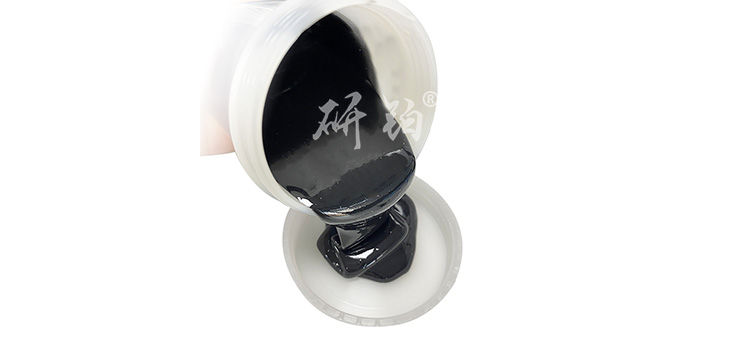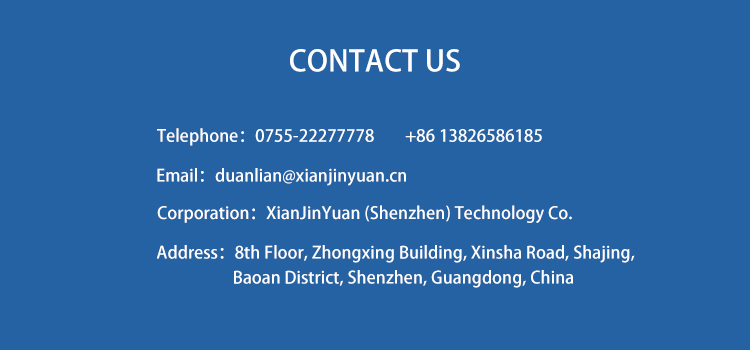850 degree sintered encapsulation slurry is a high-end environmentally friendly inorganic functional residue material
Product features:
1. After drying at a low temperature of 150 ℃, the powder does not fall off and can be repeatedly silk screened and brushed, subverting tradition
High temperature slurryMade of cellulose
Formula for adhesive material.
During the sintering process of the slurry, when the temperature reaches around 350 ℃, organic solvents in the slurry evaporate and organic polymers sinter
No carbonization:
3. After the temperature reaches about 550 ℃, the product continues to be heated and begins to melt into a liquid. The higher the temperature, the lower the viscosity. Under normal pressure
In the temperature range of 600 ℃ to 850 ℃, the product belongs to a stable liquid phase; When the temperature drops below about 500 ℃, the material phase
Becoming a stable solid substance.
4. The product does not react with various metals, inorganic substances, and pigments in the temperature range of -100 ℃ to 850 ℃ under normal pressure.
5. Suitable for coating products with a process temperature of 550 ℃~850 ℃, and the coating meets the working environment of 850 ℃.
6. Applied to the encapsulation of special high-temperature metal wires
dielectric pasteSpecial metal protective coatings for household and commercial stoves, automotive engines
Protective coatings for machines and exhaust pipes, external coatings for industrial high-temperature furnaces, various ceramic protective coating materials, and various metals
Belonging to surface anti-corrosion and wear-resistant coatings, etc.

Characteristics of Medium Slurry
Using inorganic ultrafine powder, environmentally friendly, free of heavy metals, self permeable phase: with the characteristics of low viscosity, high density, and good transfer performance, the printed products have full fonts, uniform lines, heavy thickness, and eliminate sand holes, bubbles, and sawtooth phenomena, reducing defects from the first printing process. The product has high weather resistance, acid and alkali resistance, and chemical stability.





